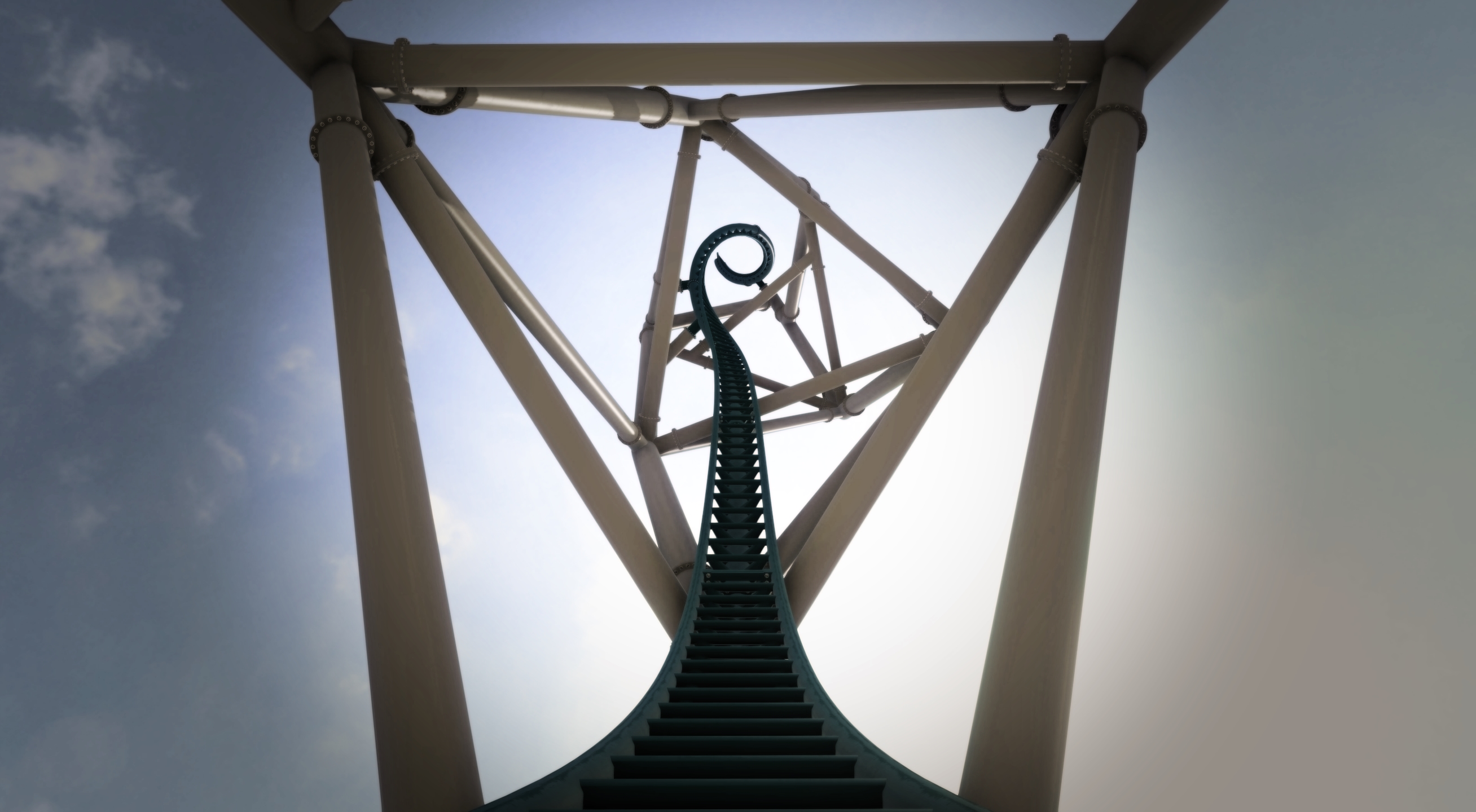General Information:
"Project Drachen Spire," is a community-generated identifier for the Intamin-made, multi-launch, shuttle giga coaster that was originally slated to open at Busch Gardens Williamsburg in 2021. The attraction is planned to utilize the currently-vacant land behind Verbolten, Festhaus Park—the former home of Drachen Fire.The coaster's main layout—as leaked before the addition was delayed due to the COVID-19 pandemic—featured two launches, two spikes (one spiral, one vertical-ish), and a couple of banked turns. Drachen Spire was designed to run two trains by means of a pair of switch tracks connecting the primary, shuttle portion of the layout to the station platform.
Important Articles:
- Most Up-To-Date Understanding of the Layout:

Leaked Electrical Plan Depicts Busch Gardens Williamsburg's 2021 Roller Coaster in Detail – BGWFans
If there’s a god, he’s up there laughing this afternoon. Why? Because BGWFans just had one of those classic sitcom moments. Yesterday, we published our painstakingly detailed analysis of the footer plan for what we believe is Busch Gardens Williamsburg’s 2021 roller coaster—seemingly a huge... bgwfans.com
bgwfans.com
- Most Recent Status Update:

Drachen Spire Height Waiver Extension Details – BGWFans
Just over a week ago, we reported on the renewal of the notorious 355 foot Festhaus Park height waiver that was originally requested for the controversial, Intamin-made, multi-launch, giga, shuttle coaster we’ve dubbed Drachen Spire. In last week’s article, we were very careful to leave the door... bgwfans.com
bgwfans.com
NoLimits Model of the Layout:
Direct Link to Embedded Media Source
Additional Coverage (Newest to Oldest):
- https://bgwfans.com/2022/drachen-spire-height-waiver-extension-details/
- https://bgwfans.com/2022/drachen-spire-height-waiver-renewal/
- https://bgwfans.com/2021/drachen-spires-slumber/
- https://bgwfans.com/2020/leaked-ele...-williamsburgs-2021-roller-coaster-in-detail/
- https://bgwfans.com/2020/busch-gardens-williamsburg-2021-shuttle-giga-coaster/
- https://bgwfans.com/2019/germany-expansion-site-plans/
- https://bgwfans.com/2019/2021-rpa-impacts-plan/
- https://bgwfans.com/2019/newly-leaked-document-depicts-project-2021s-station/
- https://bgwfans.com/2019/project-2021-height-waiver-vote-happens-tomorrow/
- https://bgwfans.com/2019/born-from-the-ashes/
- https://bgwfans.com/2019/bgw-project-2021/
Previous Thread:
Last edited by a moderator:
